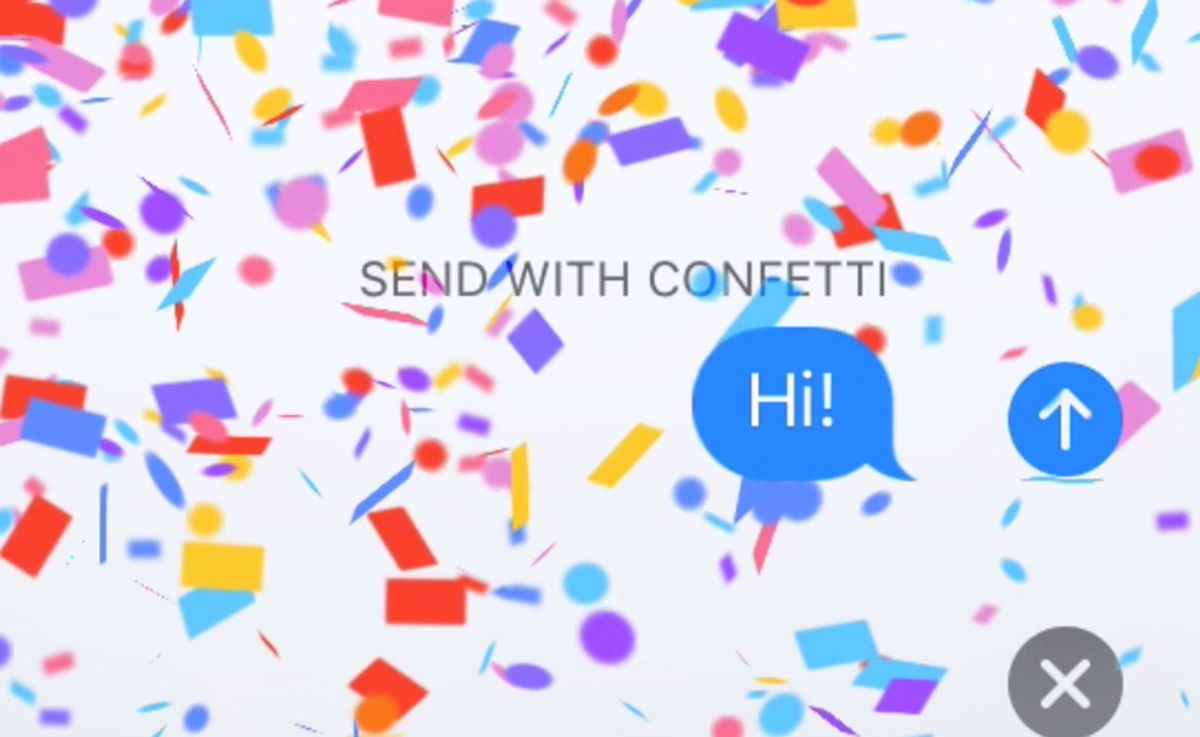We know how frustrating it can be when we want to install a game or record a video and at some point the phone shows us that dreaded warning: memory is full. This can also happen in our smart watches, since your storage space is even more limited. But just like on mobile, there are ways to avoid it and still have memory available for more applications.
In general, smart watches have limited storage capacity. It is normal for a smart watch to have between 16 GB and 32 GB of storage. And given that the operating system itself occupies part of this space, we must take care of the rest of the memory to always be able to carry with us the applications that we need most and the files that we want to have under monitoring. , from photos to music.
These are the tips I use to always have memory available under my watch.
Six tips for freeing up storage space on Wear OS watches
Application that we don’t use, application that goes away: I really like trying new apps, both on my phone and on my watch, but often I install it, try it and leave it there forever, unusable. On my phone I have 512 GB of storage, so this probably won’t be a problem, but on my watch it’s different. The best thing we can do is uninstall all those apps that we don’t really need. And if you miss something, you can always reinstall it.
Cleaning files and photos: The number of files we have on the watch can also accumulate to the point of being a storage problem, especially if they are high quality photos that, for example, we have copied to the watch for use as wallpaper. It is not necessary to delete all our files and photos, but if you have too many accumulated, it is advisable to clean the ones you really don’t need on your wrist.
You can have music on the watch, but not too much: One of my favorite and most frequent uses of my Wear OS smartwatch is to listen to music directly from the device. When I go for a run or go to the gym, I often choose not to carry my cell phone, I only wear my watch and headphones and thus I enjoy my music and my exercises without distractions. But to be honest, I don’t need my entire Spotify or YouTube Music library on my wrist, a few playlists are more than enough (and I can rotate them over time), so I save a lot of storage space .
But if you always carry your phone with you, it’s better not to download music to the watch.


The OnePlus Watch 2 has a dual operating system including Wear OS and RTOS for longer battery life. (Photo: Iván Linares for Xataka)
Customization yes, but you don’t need that many spheres: One of the best features of smart watches is being able to use completely custom watch faces to give a unique look to our watch, we can even create them. But over time, it is very likely that all these spheres will accumulate on the smartwatch. If we want to free up storage space, we can delete all the watch faces that we no longer use and that we might not even remember we had on the watch. Deleting a sphere doesn’t change anything, but if you have saved many spheres containing photos, deleting them may make a difference.
Be careful with the apps you install: We’ve already talked about the fact that if you don’t need an app, it’s best to delete it. However, it is also important to use apps optimized for Wear OS, that is, those officially available on the Google Play Store. It’s not bad to experiment with external applications, but you should keep in mind that some may be poorly optimized and represent a burden in terms of performance and memory.
Clear the cache, and if nothing works, start from scratch– Cleaning the watch cache can free up storage space, as it eliminates all the temporary information that has accumulated and, in many cases, that we no longer need over time. This is especially useful for apps that we don’t want to uninstall, but only use occasionally. To do this, we follow these steps:
- We go to the settings menu of the Wear OS watch
- We access the Applications section
- We enter the application whose cache we want to clean
- We click on Application information and click on Delete cache
And if nothing has worked, you can always start again, that is to say reset the clock and delete absolutely everything and start from scratch, downloading the applications, spheres and files we need. It’s a radical solution, but effective. We can take this into account as a last resort.
Cover photo | Alejandro Alcolea for Xataka
In Xataka Android | After many attempts at avoidance, I now pay for YouTube Premium and there is no going back. These are the reasons
In Xataka Android | More space for your Google Photos without having to pay, this is how I expanded my space










